Case Study:
Decarbonisation strategies 2020
CLIENT NAME:
N/A
ES SERVICE:
Decarbonisation strategies, LEED®
BUILDING NAME & LOCATION:
Munich, Germany
TYPE:
Commercial Real Estate (Offices)
CONSTRUCTED:
2004
FLOORSPACE / AREA:
N/A
Decarbonisation strategy:
A roadmap to climate-neutral building operation
ABOUT THE PROJECT
EnviroSustain was commissioned to carry out a decarbonisation audit in the frame of the LEED recertification undertaken for the property.
The decarbonisation audit identifies concrete opportunities for increasing energy efficiency and based on this, we develop a climate protection roadmap for climate-neutral building operation.
The key indicator for this project is the emissions of CO2 equivalents [kg CO2 equivalent] or simplified [kg CO2].
Aims of the project:
- To reduce the building’s CO2 emissions to approximately 0 kg CO2 and thus to achieve climate-neutral building operation.
- To reduce the property’s final energy consumption to approximately 100 kWh/m²a by 2050 and thus to achieve a future-proof building energy intensity.
OUR APPROACH
Using our team’s combined knowledge of ESG and technical services, we were able to provide a thorough overview of the improvement actions it would take to achieve the project goals.
Steps taken included:
- Undertake a decarbonisation audit to identify optimisation potentials for increased energy efficiency:
- Data collection regarding building envelope and building services technology
- Analysis of building operation and user behaviour
- Evaluation of energy consumption
- Set out recommendations in the climate protection roadmap including implementation time frames for:
- Increased energy efficiency
- Optimisation of energy supply
- On-site and off-site electricity generation
- Offsetting programmes
- Complete a "stranding risk analysis" for the building to identify recommendations to improve the technical building quality. This included the recommendation to renovate the façade of the building once the current façade has reached its end of life.
KEY OUTCOMES
Measures and recommended actions were set out in the climate protection roadmap. By implementing the listed measures and recommended actions:
- up to 36 kWh/m²a in electrical energy and up to 63 kWh/m²a in thermal energy can be saved.
- potential energy efficiency increase of up to 36% of electricity and up to 62% of thermal energy consumption of the building.
- With the sum of these measures, both climate-neutral building operation by 2030 and a reduction in final energy consumption to approx. 100 kWh/m²a by 2050 can be achieved.
With regard to the technical building quality, further topics were identified for evaluation in the context of the stranding risk analysis and from this, further needs for action were derived.
In order to successfully complete the transformation path to climate-neutral building operation and reduce final energy consumption to a sustainable standard, we recommend introducing a continuous improvement process (CIP) for the building, carrying out an optimisation cycle on an annual basis.
BACK TO ALL CASE STUDIES
Head Office, Berlin,
Neue Grünstraße 17 | 18 Hof 1 | TRH 3
10179 Berlin
© ES EnviroSustain GmbH 2021





